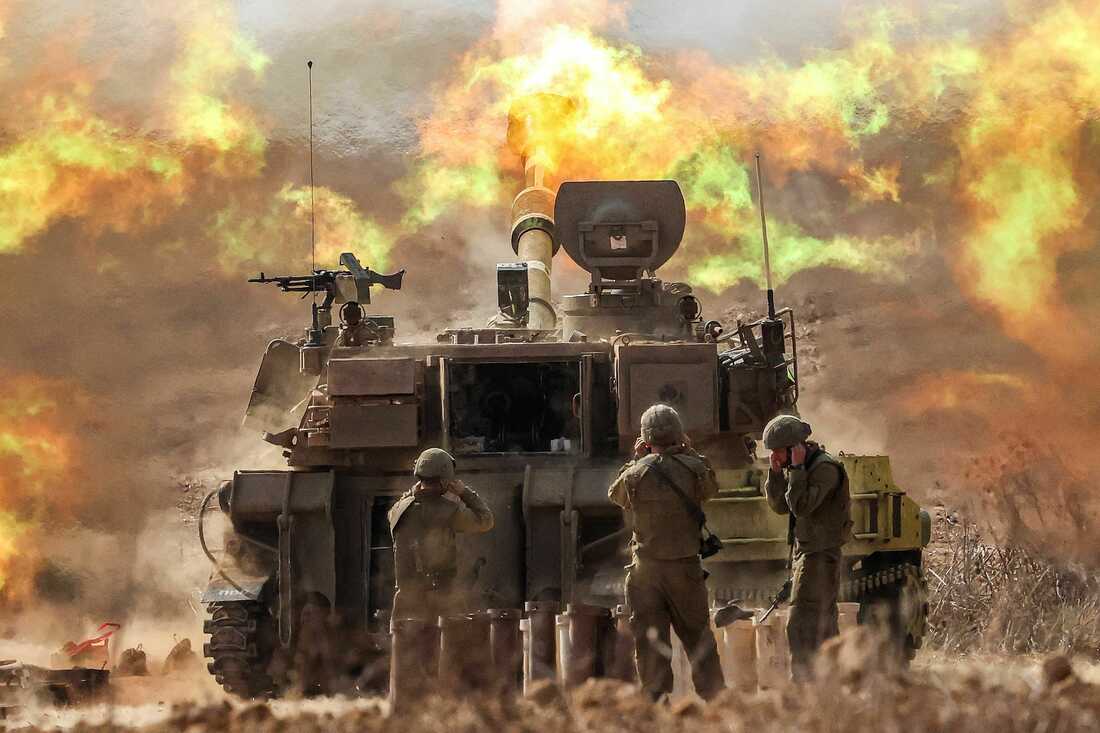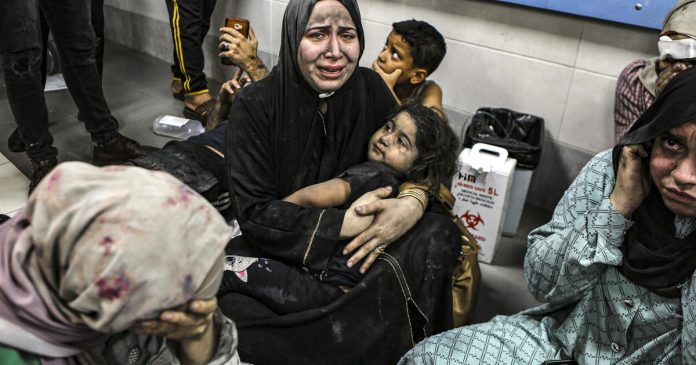Facebook Twitter (X) Instagram
In a significant escalation of the Israeli-Palestinian conflict, the Gaza Strip experienced intense military action on July 9, 2024. Israeli airstrikes targeted multiple neighborhoods, including Tel al-Hawa, Sabra, and Shuja’iyya in Gaza City. The airstrikes resulted in the deaths of at least 50 Palestinians and injured dozens more. This marked one of the deadliest days in the ongoing conflict, highlighting the severe impact of the hostilities on civilians.
Attacks on Educational Institutions in Gaza
The violence extended to educational institutions, with a devastating attack on the Al-Awda School, a United Nations-run facility sheltering displaced Palestinians. The strike killed at least 29 people, including women and children, adding to the grim toll of casualties in the region. This attack on the school, which was intended as a safe haven for those fleeing the violence, underscores the indiscriminate nature of the conflict. The Al-Awda School attack is the fourth such incident targeting schools in Gaza within the past four days, leading to strong condemnation from international human rights organizations and calls for accountability.
Broader Regional Implications
Further complicating the situation, Hezbollah launched rockets into the Israeli-occupied Golan Heights, killing two Israelis. This cross-border exchange indicates the potential for the conflict to widen, drawing in other regional actors and escalating tensions further. The involvement of Hezbollah, a powerful militant group based in Lebanon, adds another layer of complexity to the conflict, raising concerns about a broader regional war.

International Reactions to the escalation in Gaza
The international community has reacted with alarm to these developments. United Nations officials have called for immediate ceasefire and humanitarian access to the affected areas. Human rights organizations have condemned the attacks on civilians and called for investigations into potential war crimes. The ongoing violence has also sparked protests worldwide, with demonstrators calling for an end to the hostilities and greater protection for civilians caught in the conflict.
Humanitarian Crisis
The situation in Gaza is dire, with thousands of residents displaced and essential services disrupted. Hospitals are overwhelmed with casualties, and there is a severe shortage of medical supplies. The destruction of infrastructure, including homes, schools, and hospitals, has exacerbated the humanitarian crisis. International aid organizations are struggling to provide assistance due to the ongoing violence and restrictions on movement.
Calls for Peace
Amidst the violence, there are renewed calls for peace and dialogue. Diplomatic efforts are underway to broker a ceasefire and find a long-term solution to the conflict. However, the path to peace remains fraught with challenges, given the deep-seated grievances and historical animosities between the parties involved. The international community continues to urge both sides to engage in meaningful negotiations and prioritize the protection of civilians.
The recent escalation in Gaza has led to significant loss of life and raised fears of a broader regional conflict. The international community is calling for urgent action to address the humanitarian crisis and work towards a sustainable peace solution.

